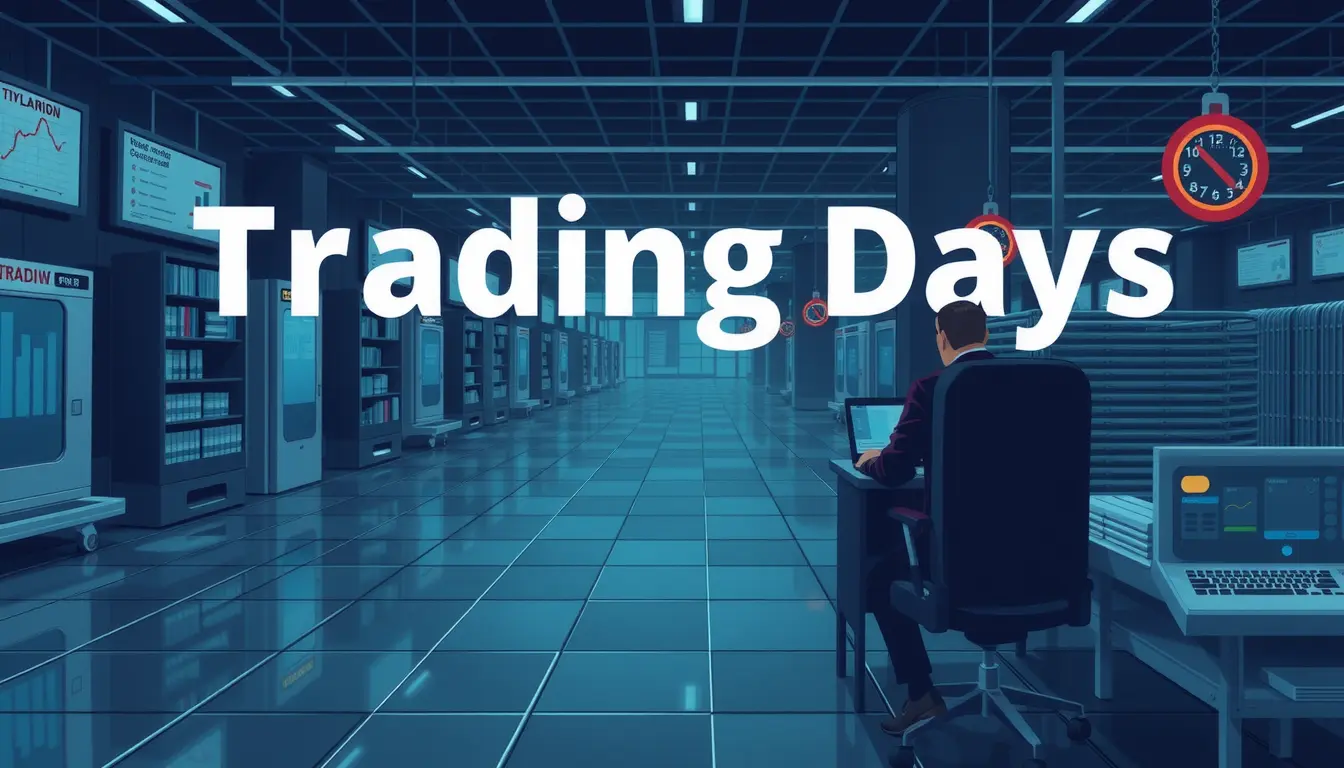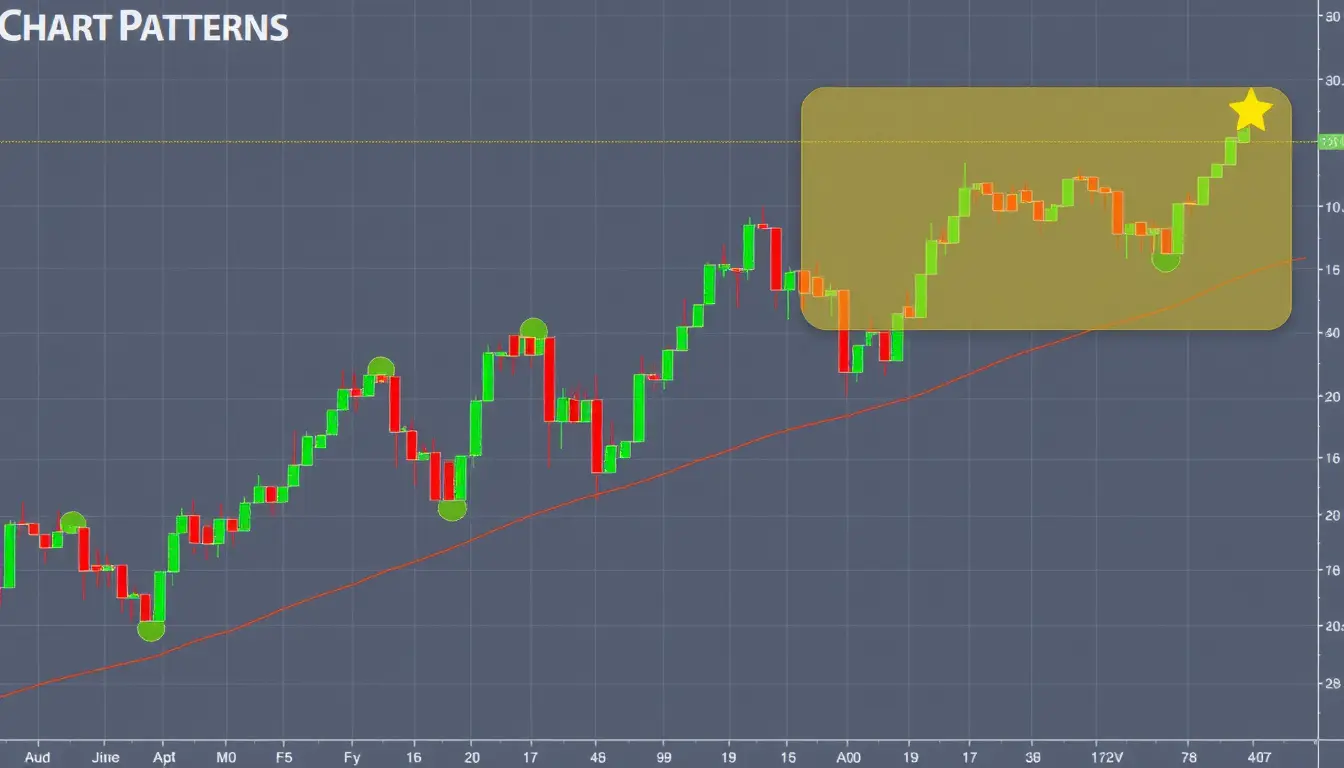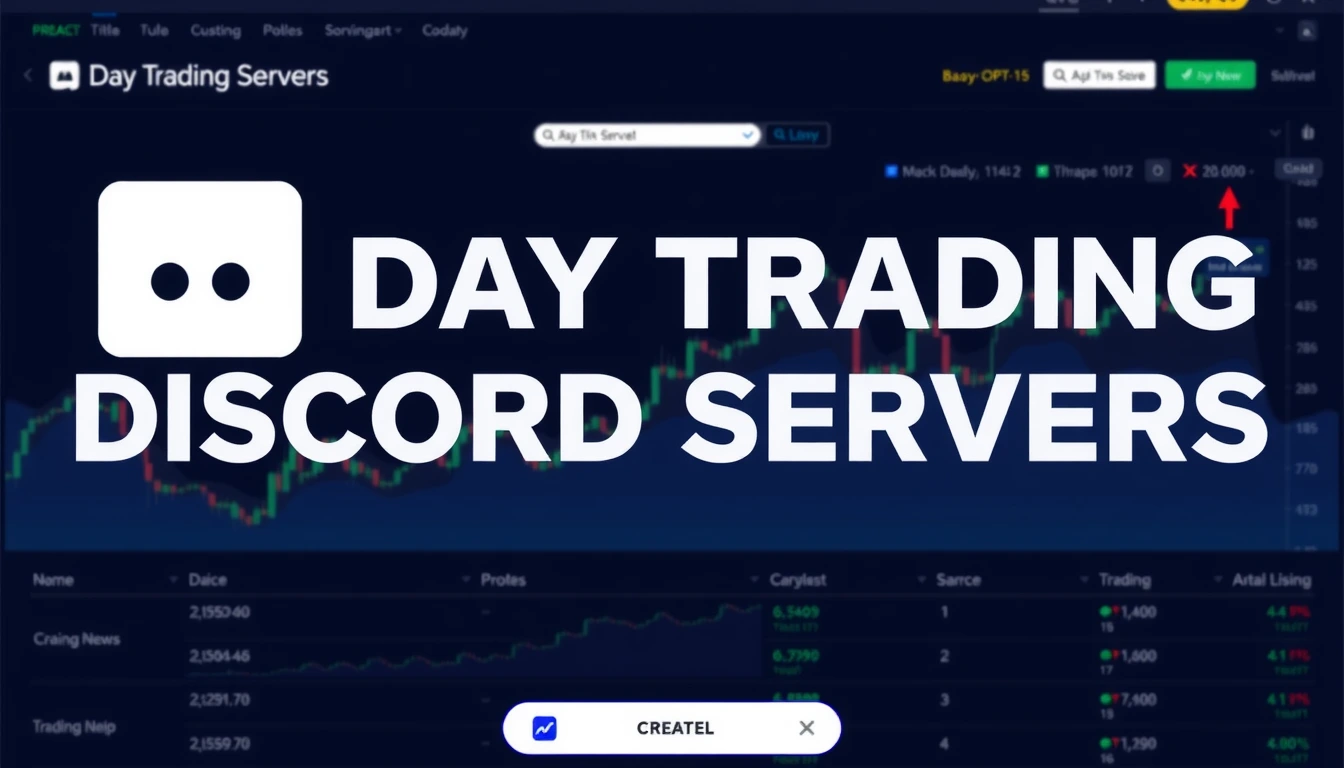Machine learning in supply and demand trading has emerged as one of the most powerful applications of the technology, revolutionizing trading strategies across various financial markets in recent years. This approach uses machine learning algorithms to identify and capitalize on supply and demand imbalances, providing traders with an efficient and automated system that forecasts price movements based on historical data and key market indicators. Platforms like AI Signals are leading the way in adopting this strategy.
By integrating machine learning into trading, significant advancements have been achieved. Empowering traders to make quicker, more informed, and disciplined decisions. In markets such as stocks, cryptocurrency, forex, and commodities, traders can better capitalize on market fluctuations and opportunities, understanding how AI Signals enhance supply and demand trading for greater profitability.
In this guide, we’ll explore the fundamentals of machine learning in supply and demand trading, uncovering its advantages and how this approach can benefit traders. Additionally, we’ll discuss how AI Signals utilizes advanced algorithms to provide traders with powerful tools for navigating stocks, crypto, forex, commodities, and equities markets.z
What is Machine Learning Supply and Demand Trading?
Machine learning-based supply and demand trading involves using algorithms to identify critical supply and demand zones in financial markets. These zones become crucial for predicting price reversals or significant price shifts as the market approaches them. By leveraging machine learning, traders can automate their decisions and execute trades without relying on emotions or personal judgment.
Supply zones represent areas where selling pressure has been high, causing price resistance. On the other hand, demand zones are areas where buying pressure has been strong, supporting prices. Machine learning algorithms analyze historical price movements to detect these zones and predict potential price movements or reversals when prices approach them.
Traditional methods of identifying supply and demand zones often rely on subjective interpretation and manual chart analysis. In contrast, machine learning models can analyze vast amounts of data at incredible speed, uncovering subtle patterns and potential trade signals that might go unnoticed by human traders. By leveraging this data, traders can gain a significant competitive edge.
How AI Signals Uses Machine Learning to Identify Supply and Demand Zones

AI Signals leverages vast amounts of historical data and real-time market indicators to enhance supply and demand trading strategies through machine learning. Let’s take a closer look at how AI Signals uses its advanced algorithms to forecast future price movements and identify key supply and demand zones.
Analyzing Historical Price Data
The foundation of any machine learning trading strategy lies in the data it uses. AI Signals trains its algorithms using extensive datasets of past price data. By analyzing these historical price trends, the algorithms can spot key areas of support and resistance. These regions, often referred to as demand (support) and supply (resistance) zones, are where price movements tend to reverse or experience significant fluctuations. The more data the model is trained on, the better it becomes at identifying these crucial price levels. Using this historical information, AI Signals models predict future price movements with high accuracy, powered by continuous, high-quality data feeds to ensure the most precise predictions.
Integrating Technical Indicators for Enhanced Predictions
AI Signals goes beyond just analyzing price data by incorporating a variety of technical indicators that help to fine-tune its market predictions. Popular tools like Moving Averages, the Relative Strength Index (RSI), Bollinger Bands, and the Moving Average Convergence Divergence (MACD) are commonly used by traders to assess market momentum, volatility, and the strength of trends. By embedding these indicators into its machine learning models, AI Signals is able to offer a deeper understanding of market conditions, ultimately boosting the accuracy of its predictions.
For example, the model might predict a higher chance of a price reversal when a demand zone forms and the RSI shows the asset is oversold. Similarly, it could anticipate price rejection at a supply zone if the RSI indicates overbought conditions.
Volume Analysis
AI Signals advanced algorithms take trading volume into account, helping traders identify key supply and demand zones. A surge in volume at a specific price level often signals strong market interest, providing insights into potential price movements.
Sentiment and News Analysis
By leveraging machine learning, AI Signals analyzes external factors like news sentiment, social media trends, and macroeconomic data. This allows traders to anticipate how external events may influence market conditions and supply-demand dynamics, giving them a strategic edge.
Predicting Price Movements in Supply and Demand Zones
AI Signals uses advanced machine learning to predict potential price movements as the market nears key supply and demand zones. Once these zones are identified, the system analyzes market behavior in the following ways:
Price Reversals: When the price reaches a demand zone, AI Signals anticipates increased buying activity, which often leads to an upward price movement. Conversely, if the price approaches a supply zone, the algorithm detects rising selling pressure, potentially driving the price lower.
Breakouts: In some cases, when the price moves beyond a supply or demand zone, AI Signals identifies potential breakouts. These events can trigger significant price shifts, creating profitable opportunities for traders.
By continuously analyzing market trends and refining its predictions, AI Signals ensures that traders receive the most accurate and up-to-date insights.
Automated Trading Execution by AI Signals
One of the biggest advantages of using machine learning in supply and demand trading is its ability to automate decision-making. With AI Signals advanced algorithms, traders no longer need to manually execute trades—once a supply or demand zone is identified, the system can automatically place orders based on predefined criteria.
- Buy Orders: When the AI detects a demand zone and anticipates a price rebound, it places a buy order at the expected level.
- Sell Orders: If the system identifies a supply zone and predicts resistance, it triggers a sell order to capitalize on the expected price movement.
- Risk Management: AI Signals enhances risk control by automatically setting stop-loss and take-profit orders. This ensures traders can minimize losses and secure profits without constant monitoring or manual intervention.
By leveraging AI-driven automation, traders can make faster, data-backed decisions while reducing emotional biases in the market.
Benefits of Using Machine Learning for Supply and Demand Trading
Machine learning has revolutionized supply and demand trading by enhancing strategies and decision-making. Whether you’re a beginner or an experienced trader, AI Signals makes these advanced tools accessible, helping you optimize your trades with greater accuracy and efficiency.
Discipline and Objectivity
Unlike human traders who can be influenced by emotions like fear, greed, or impatience, AI-powered trading relies purely on data. AI Signals ensures that every trade is based on objective market analysis, eliminating emotional biases. This results in a more disciplined and consistent trading approach.
Speed and Efficiency
AI Signals leverages machine learning to analyze vast amounts of market data in real-time, allowing it to detect trading opportunities almost instantly. This rapid processing is especially valuable in fast-moving markets like stocks, crypto, and forex, where timing is crucial and opportunities can disappear within seconds.
Adaptability to Changing Market Conditions
Financial markets are constantly evolving, making adaptability a crucial factor for traders. AI Signals leverages advanced machine learning models that continuously learn and adjust based on new market data. This ensures that trading strategies remain accurate and relevant, keeping traders ahead of the curve even as market conditions shift.
Enhanced Accuracy and Backtesting
AI Signals allows traders to backtest strategies using historical data, ensuring they are optimized before being applied in live trading. By refining and improving its algorithms over time, AI Signals enhances the accuracy and reliability of its market predictions, giving traders greater confidence in their decisions.
Challenges of Machine Learning in Supply and Demand Trading

While machine learning-driven supply and demand trading offers clear advantages, traders still face certain challenges. At AI Signals, we take a proactive approach to addressing these hurdles by implementing strategic solutions.
Importance of High-Quality Data
The accuracy of machine learning models depends heavily on the quality of data they are trained on. At AI Signals, we prioritize using up-to-date, reliable data from trusted sources to ensure our predictions and insights remain as precise as possible.
Managing Market Volatility
Financial markets can be highly unpredictable, with sudden events causing significant price fluctuations. AI Signals continuously monitors market conditions and adjusts its algorithms in real-time to effectively navigate volatility and provide more reliable trading insights.
Overfitting to Past Data
Overfitting happens when a machine learning model becomes too tailored to historical data, making it unreliable in new market conditions. AI Signals tackles this by continuously retraining its models and incorporating diverse datasets to ensure they remain adaptable and effective across different market scenarios.
Lack of Transparency
Machine learning models can sometimes be complex and difficult to interpret. AI Signals addresses this by providing traders with clear insights into how the models work. Allowing them to make informed decisions about when and how much to rely on the algorithm’s predictions.
Best Practices for Implementing Machine Learning in Supply and Demand Trading
To get the most out of machine learning in supply and demand trading, traders should follow these key strategies:
Use a Variety of Data Sources
Integrating price data with technical indicators, sentiment analysis, and macroeconomic factors provides machine learning models with a well-rounded understanding of market behavior.
Retrain the Model Regularly
As market conditions are always shifting, it’s crucial to update machine learning models with fresh data to maintain their accuracy and relevance.
Thoroughly Backtest Models
Before deploying models in live trading, it’s essential to test them using historical data to evaluate their effectiveness.
Continuously Monitor Performance
Although AI Signals automate trading, it’s still important for traders to monitor the system’s performance regularly. This allows them to confirm everything is running smoothly and make adjustments to strategies when needed.
Conclusion
Machine learning-based supply and demand trading is an incredibly effective strategy that helps traders identify profitable opportunities by analyzing key market zones. With AI Signals, traders can automate their decision-making process using advanced algorithms, which boosts speed, accuracy, and consistency. Machine learning proves to be a valuable asset for traders seeking an edge in the financial markets by processing vast amounts of data, predicting price movements, and executing trades automatically.
As financial markets continue to evolve, platforms like AI Signals are at the forefront, offering traders innovative, data-driven tools that enhance trading performance and deliver more reliable, profitable results. AI Signals equips traders, whether they’re beginners or seasoned professionals, with the tools and insights needed to succeed in the dynamic world of trading.
FAQ
1. Can machine learning be used for trading?
Machine learning leverages different algorithms to construct models, learn from data, and achieve objectives with minimal prediction errors. Both supervised and unsupervised machine learning models offer significant advantages in the field of trading.
2. Does supply and demand work in trading?
Understanding supply and demand is key for traders because it enables them to spot potential entry and exit points in the market. By recognizing where imbalances in supply and demand occur, traders can gain valuable insights into where prices are headed, helping them make more informed and strategic decisions.
3. Is supply and demand a good strategy?
Incorporating supply and demand zones into your trading strategy can be an effective method for spotting potential trade opportunities and crucial support and resistance levels. That said, traders should stay mindful of the strategy’s limitations and be ready to adjust their approach as market conditions evolve.
4. How to chart supply and demand?
The supply curve is represented as an upward-sloping line, moving from left to right. When the quantity of the good available increases, the supply curve shifts to the right. Conversely, if the quantity decreases, the supply curve shifts to the left. On the other hand, the demand curve is shown as a line with a negative slope, descending from left to right.
5. What is the best timeframe for supply and demand?
The ideal time frame for supply and demand zones is typically one that suits day trading and swing trading strategies. For price action analysis, using these zones effectively requires selecting intraday or daily timeframes. This allows traders to better observe the key levels where price may reverse or consolidate, giving them an advantage in decision-making.




